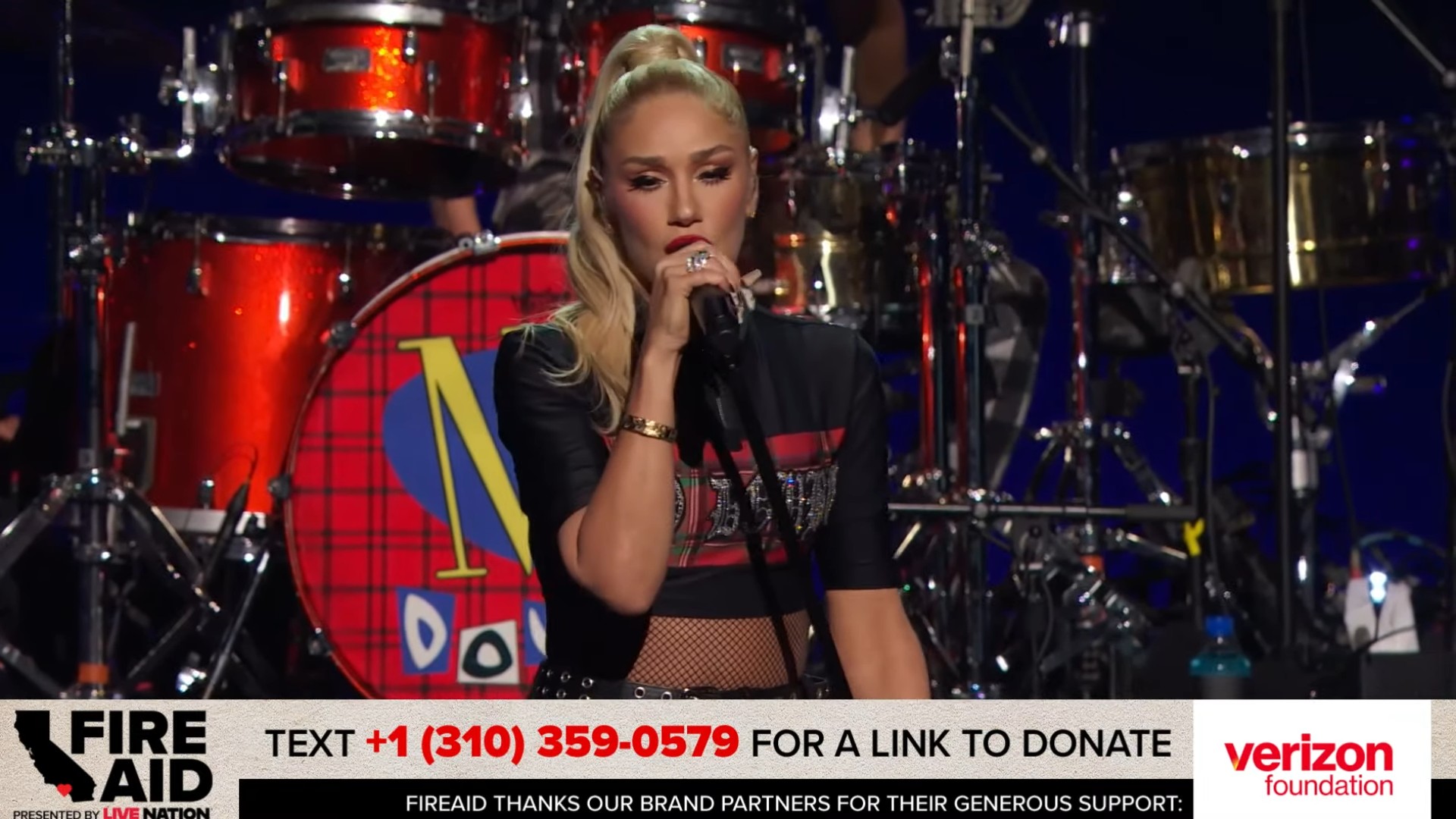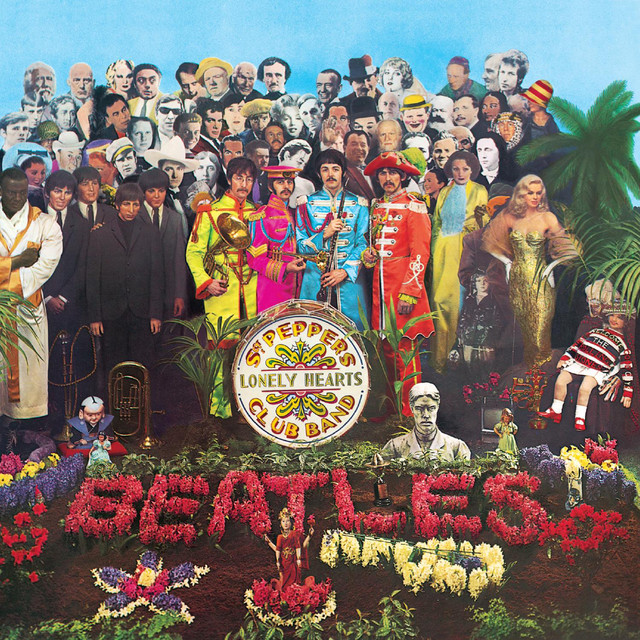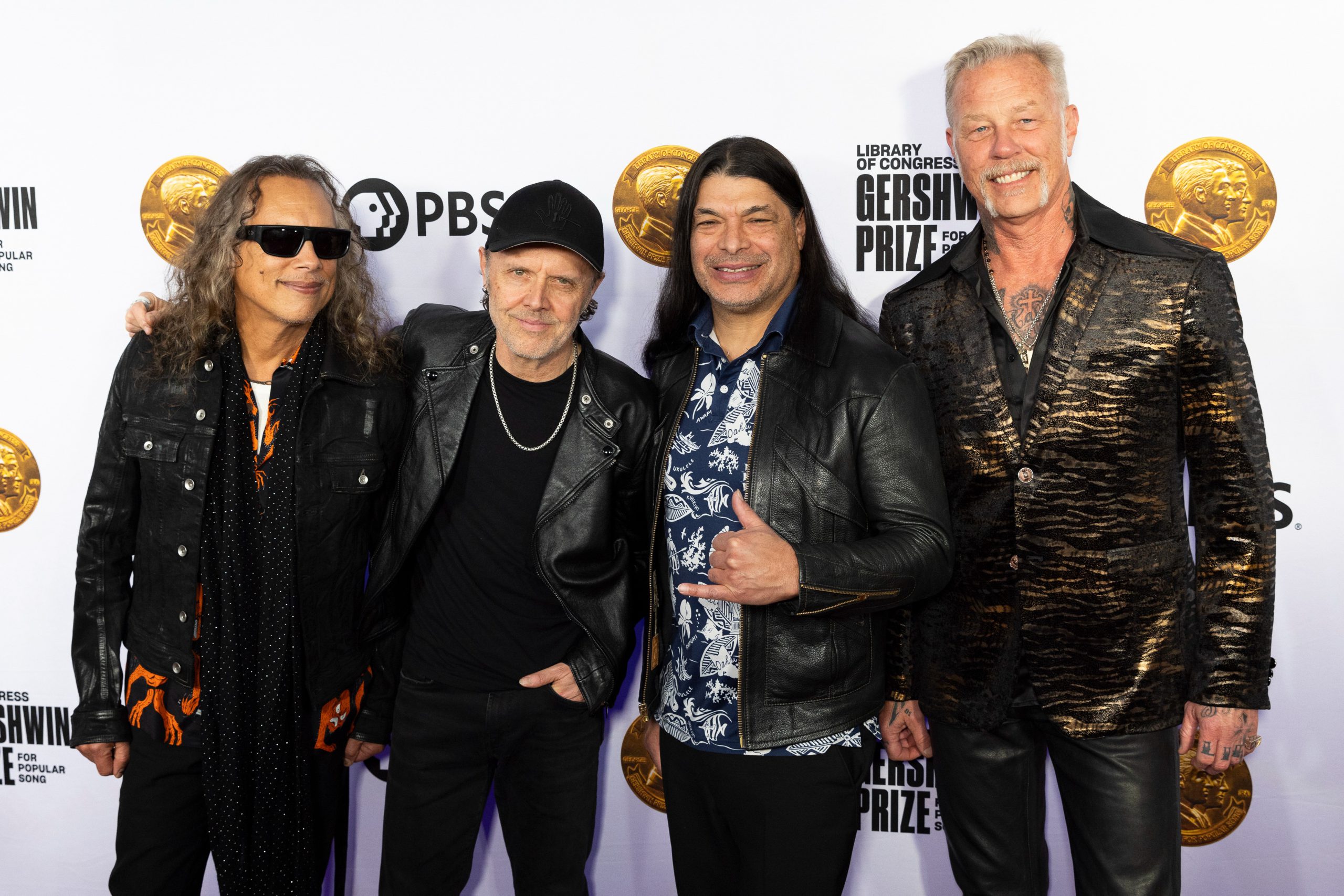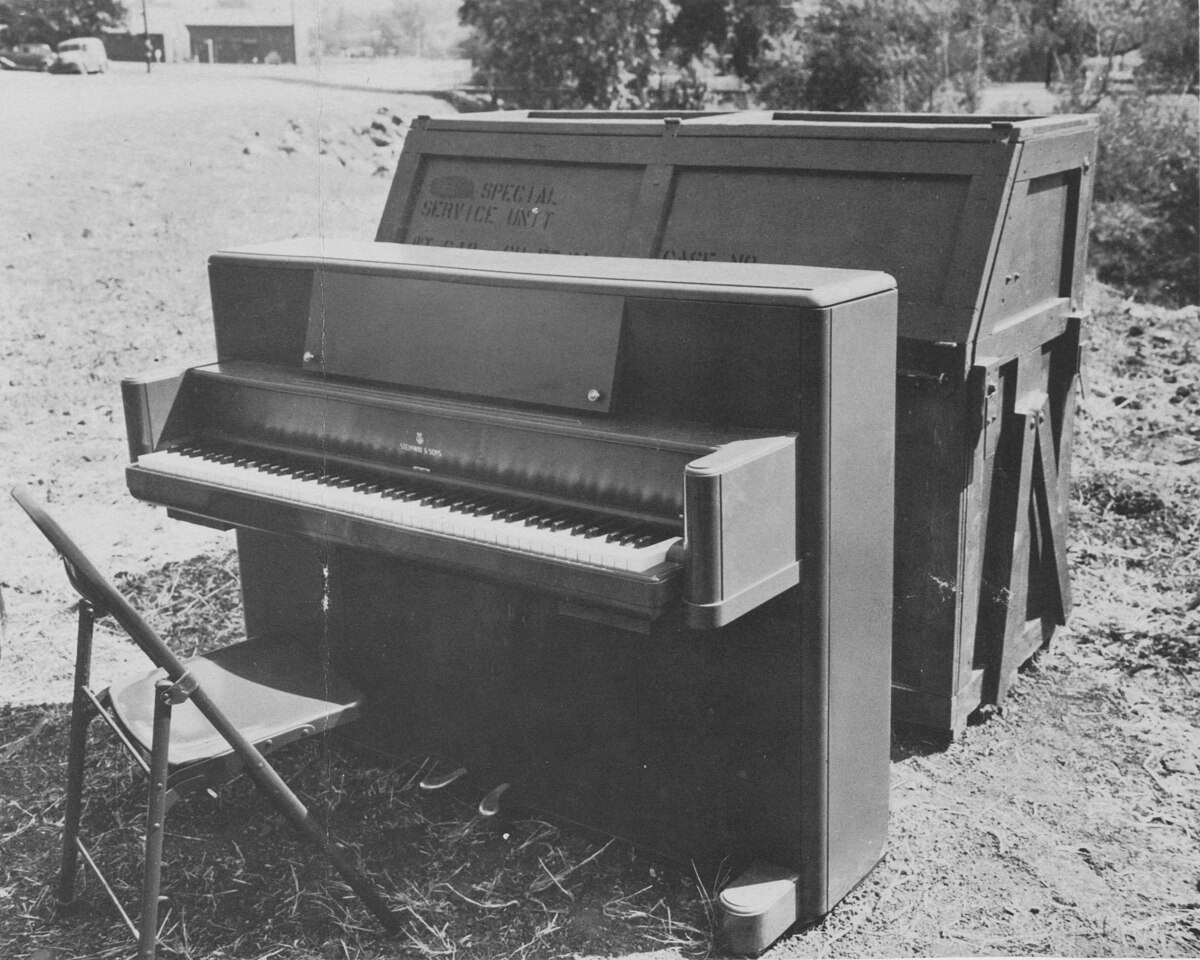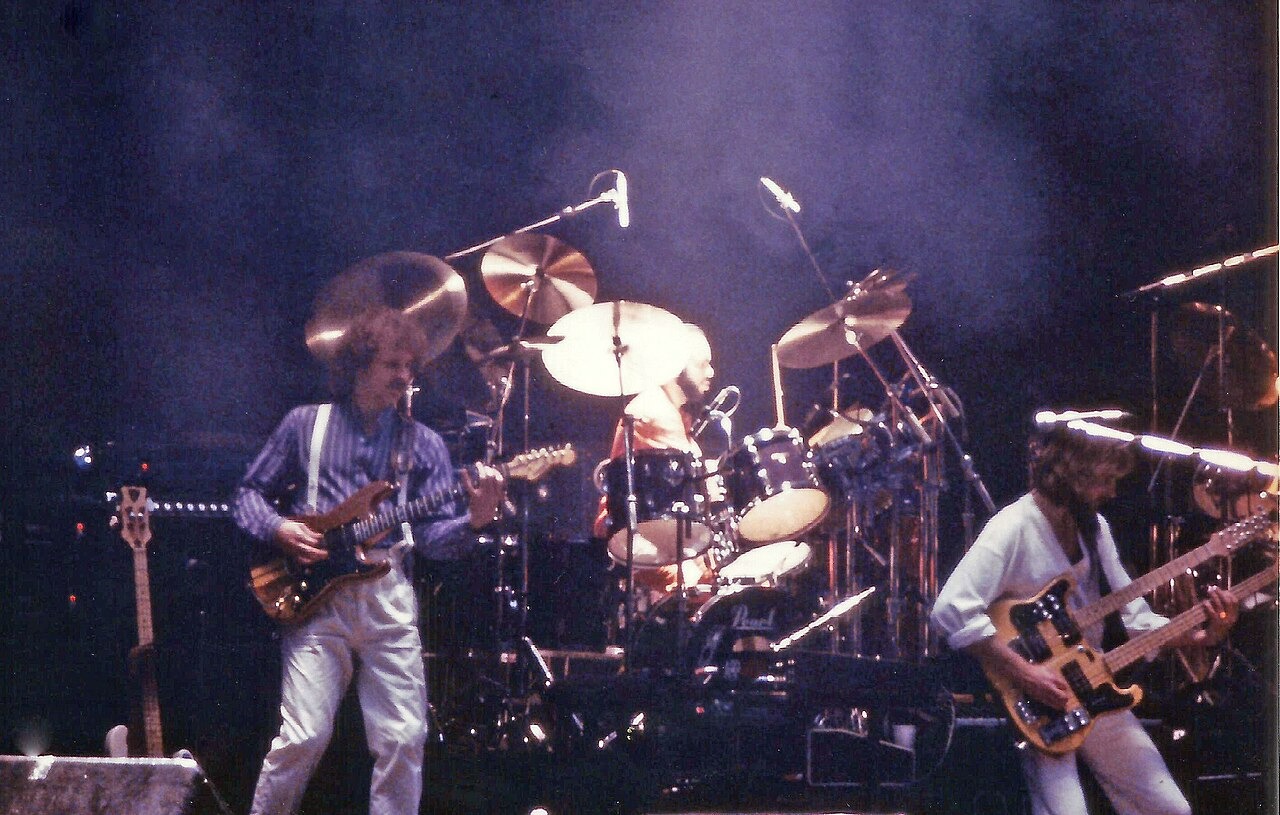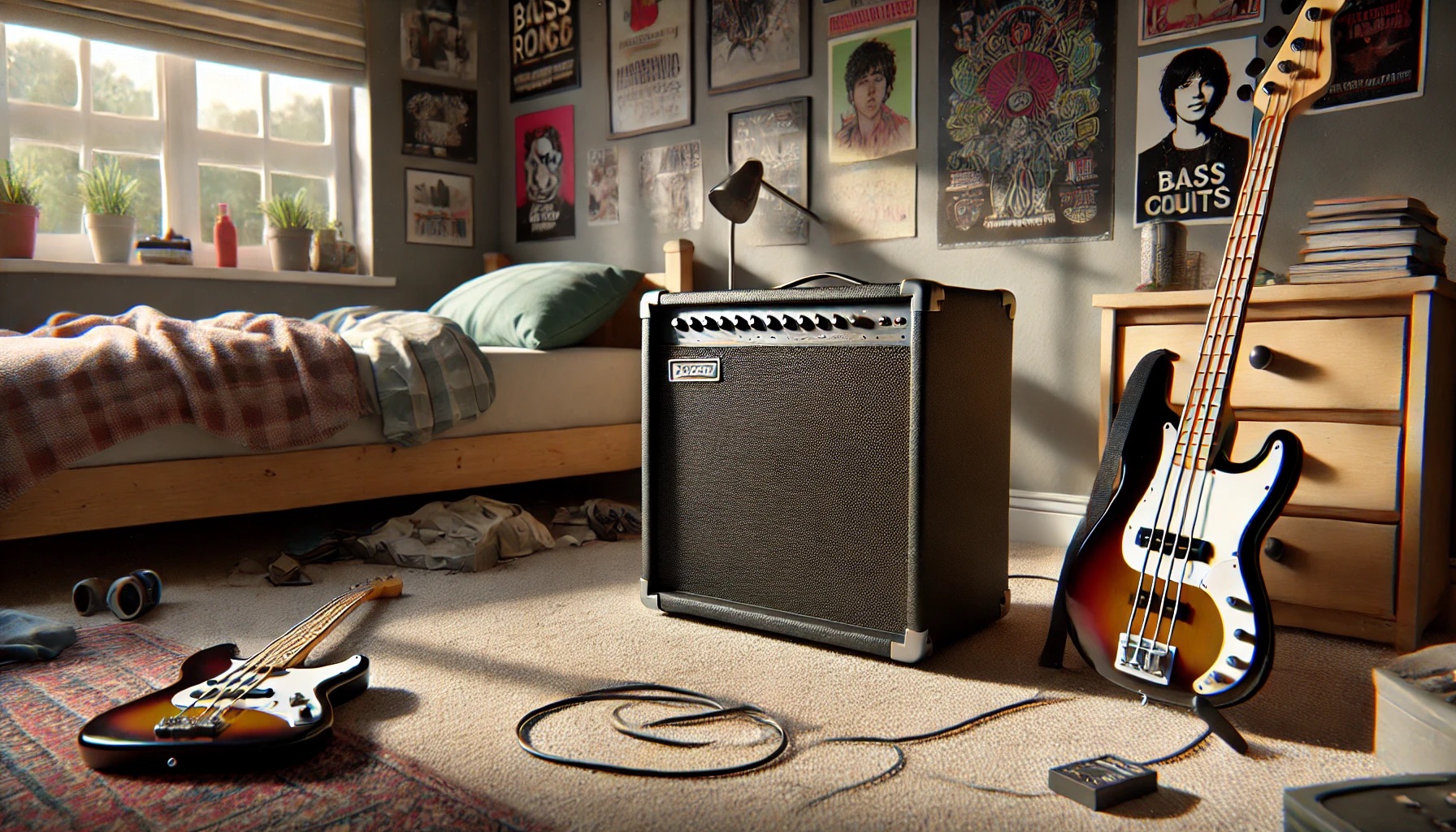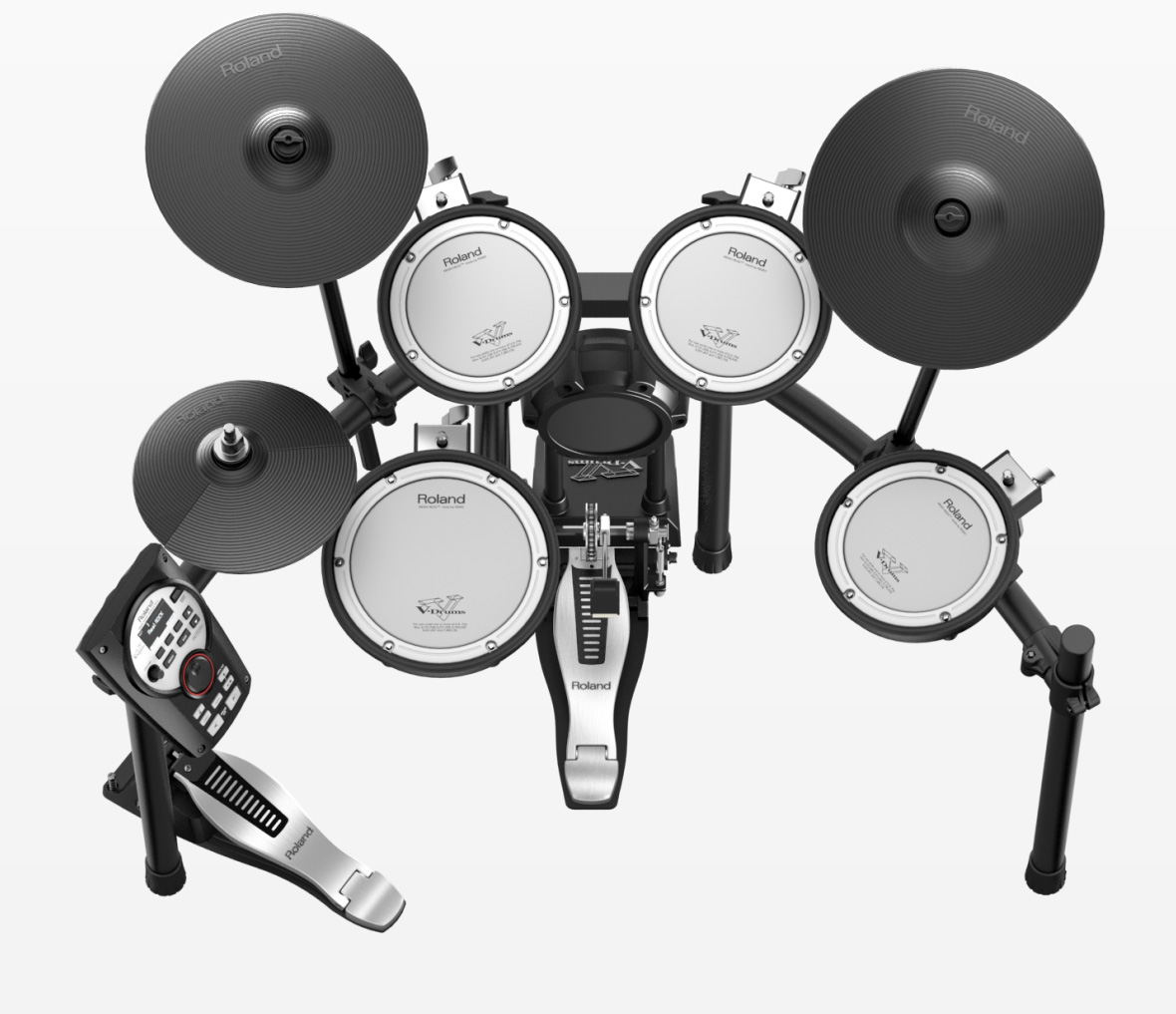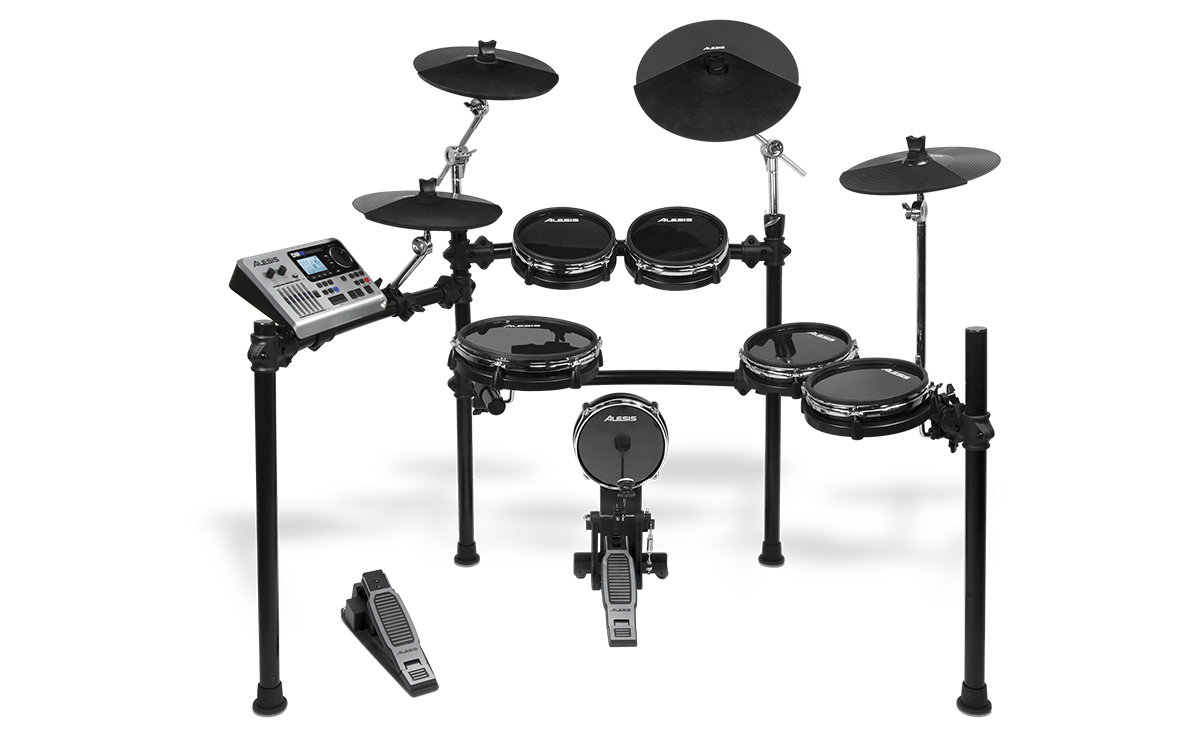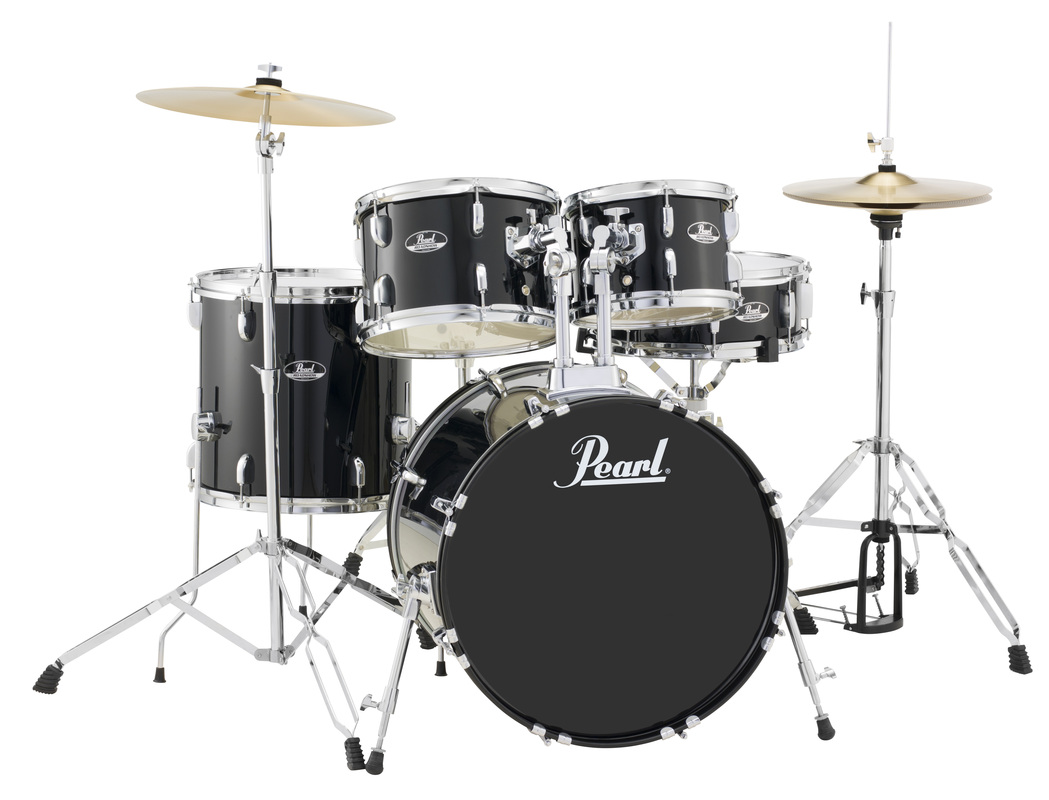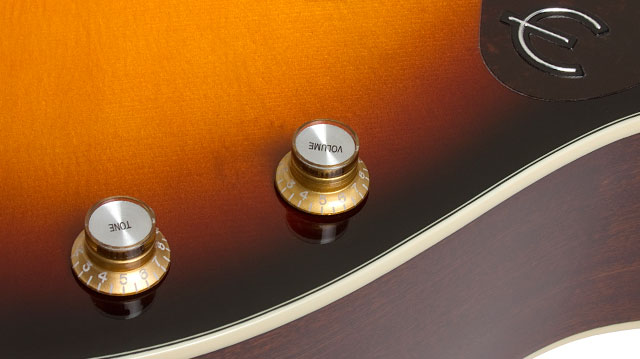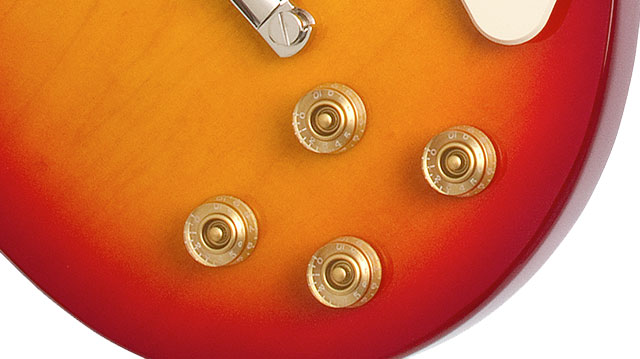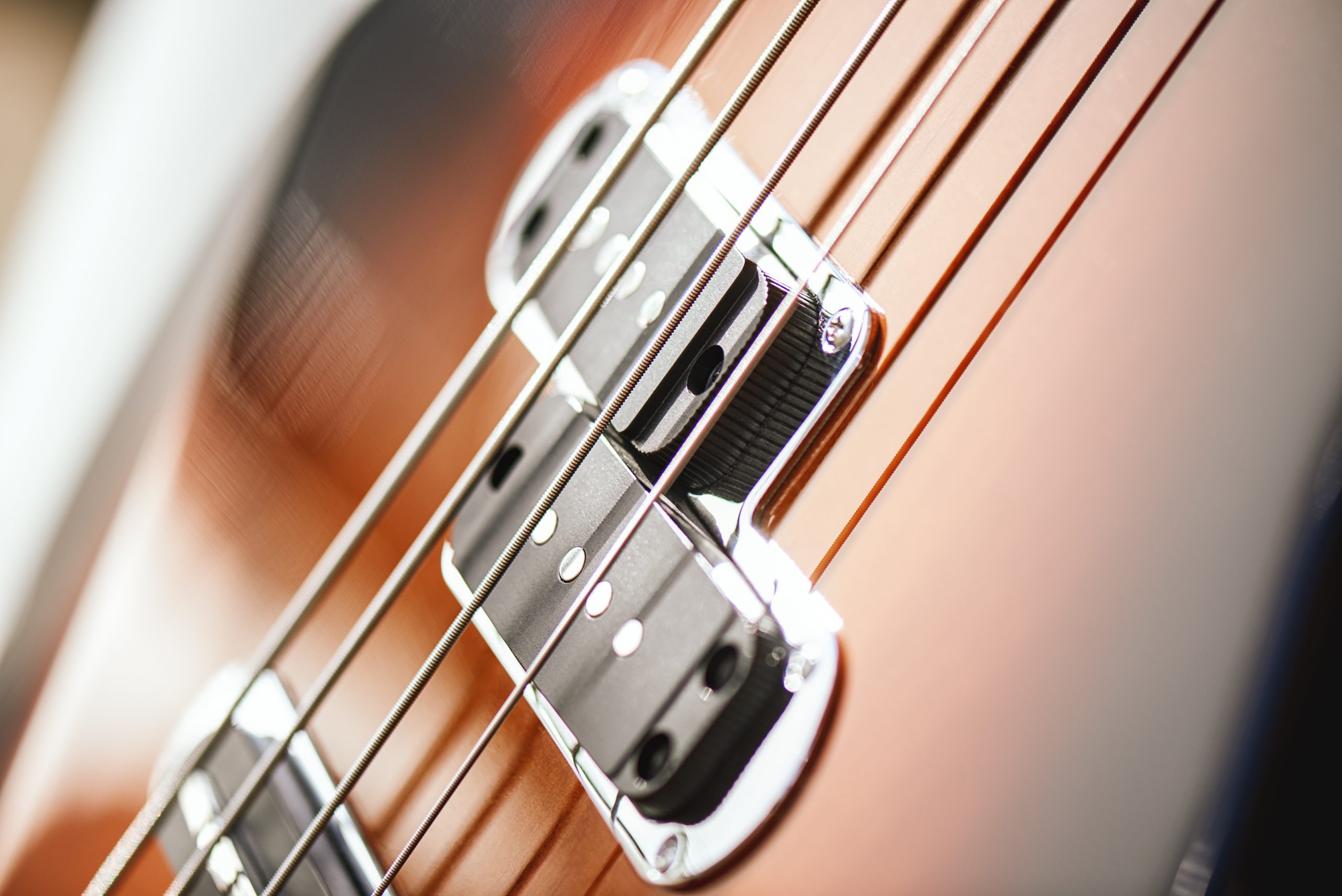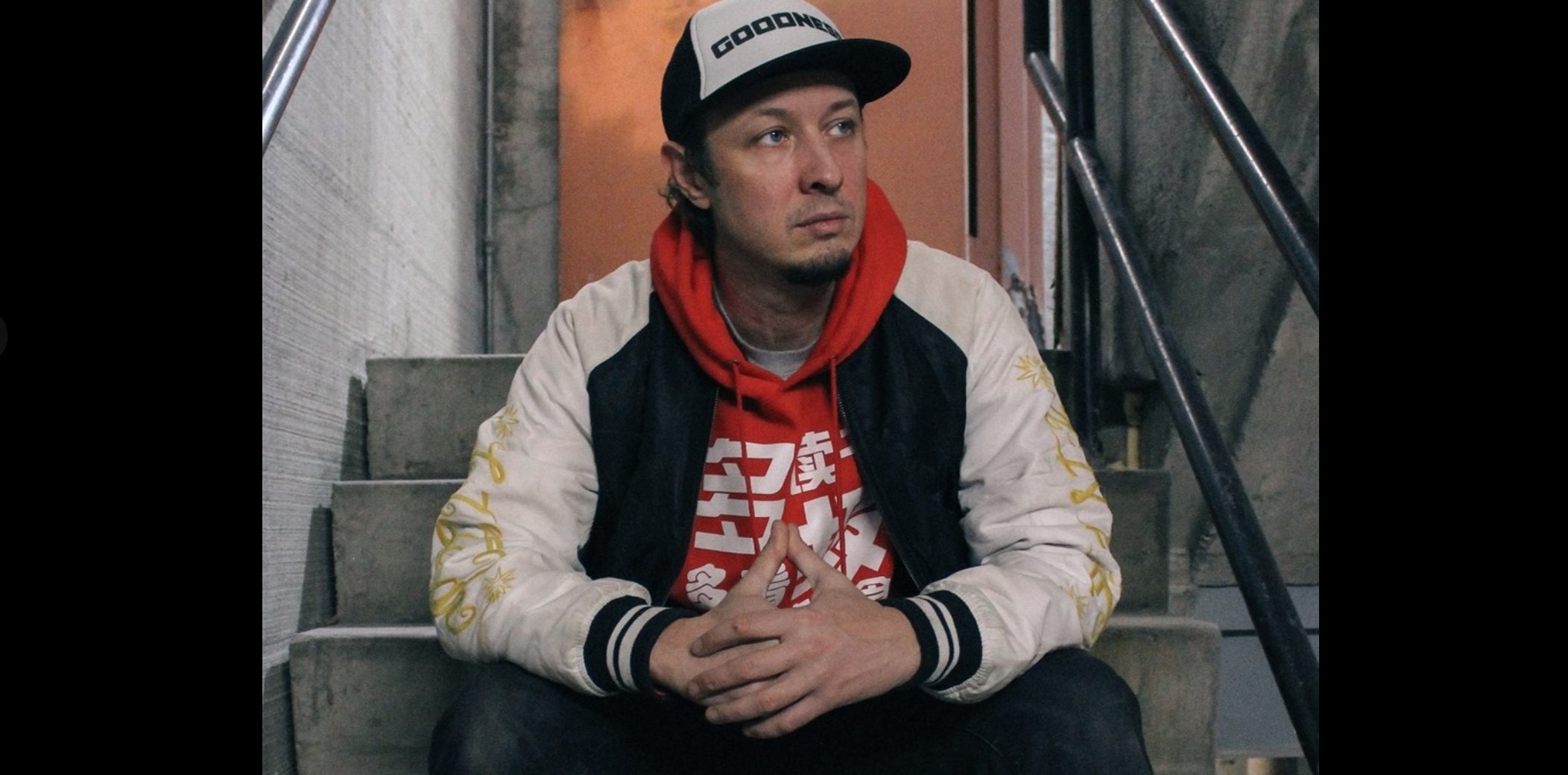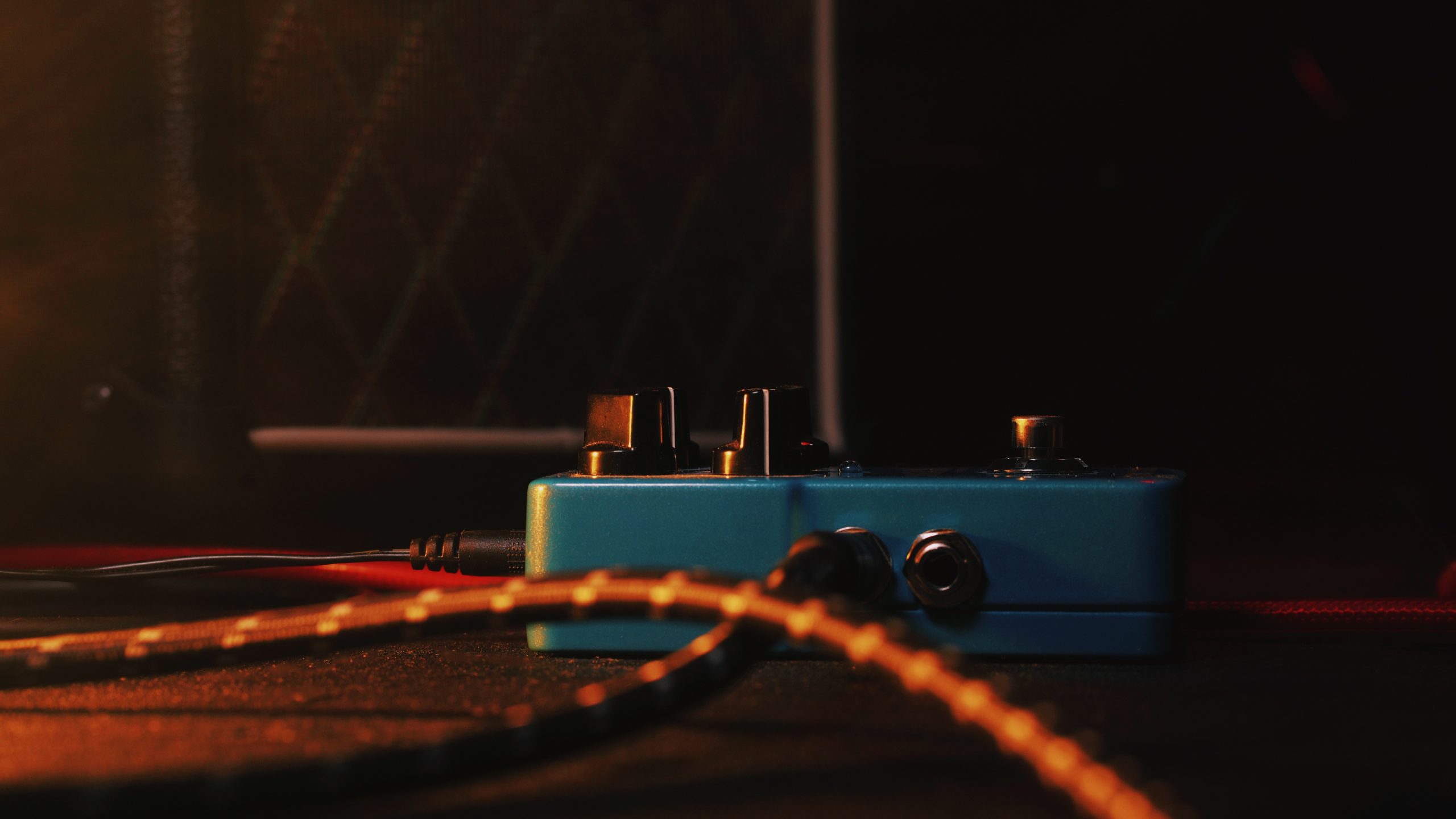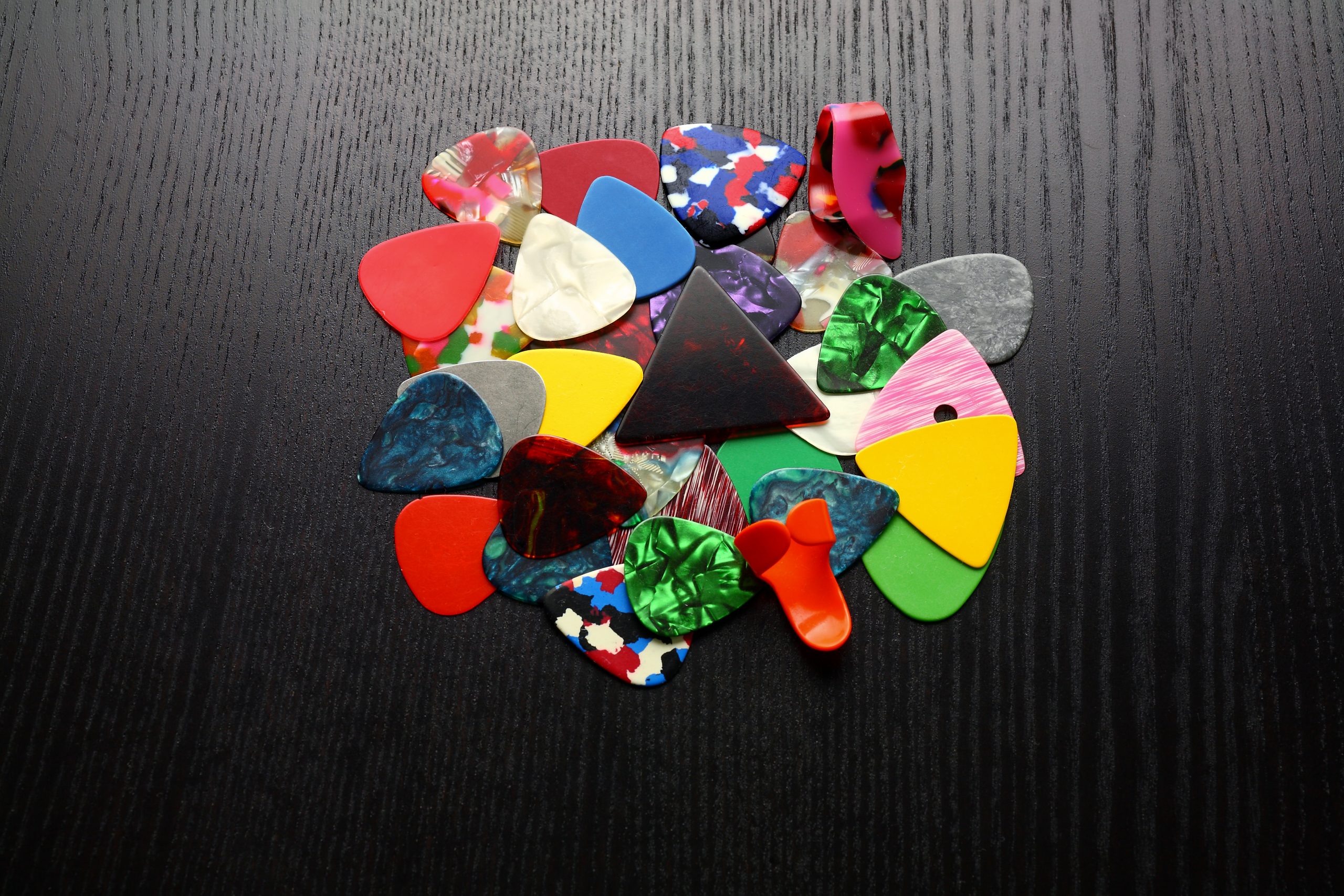FireAid‘s $100 million is flowing through nonprofit intermediaries instead of reaching wildfire victims’ hands. Five months after the star-studded benefit concert mobilized the music community for Los Angeles fire relief, a growing chorus of critics questions whether the funds are actually helping those who lost everything.
The Annenberg Foundation coordinated two disbursement phases: $50 million in February for “immediate relief” and $25 million in June for recovery projects. But here’s the catch—every dollar went to nonprofit organizations providing services rather than cash assistance to individuals who watched their homes burn.
Journalist Sue Pascoe, who investigated the fund allocation, delivered a damning assessment: “It’s helping nonprofits, many of them who have executives that are getting a six-figure salary. The money is not going to the victims that you wanted the money to go to.” Her reporting uncovered that recipients include organizations like California Volunteers—entities with tenuous connections to direct fire relief.
Where Your Concert Donations Actually Went:
- Housing assistance programs through established nonprofits
- Food distribution coordinated by regional organizations
- Trauma counseling services via mental health nonprofits
- Animal welfare support through rescue organizations
- Fire department equipment purchases through municipal partnerships
The backlash intensified when reality TV personality Spencer Pratt called it a “$100 million fire aid scam” on social media, echoing frustrations from survivors who can’t figure out how to access help. Many report having no clear application process or direct contact with relief services funded by the concert they watched on streaming platforms.
FireAid organizers defend their nonprofit strategy as legally compliant and administratively efficient. They argue established organizations possess infrastructure for rapid deployment and regulatory expertise for proper fund management. Yet this explanation rings hollow for fans who donated expecting their streaming contributions to translate into direct victim support.
The controversy exposes a fundamental disconnect between donor expectations and charity concert realities. Like a remix where the original track gets buried under layers of production, FireAid’s humanitarian message got lost in organizational machinery. This crisis threatens future benefit concerts—if music fans lose faith in direct impact, will they still open their wallets when the next disaster strikes?
Your trust in charity concerts just got stress-tested, and the results aren’t pretty.


